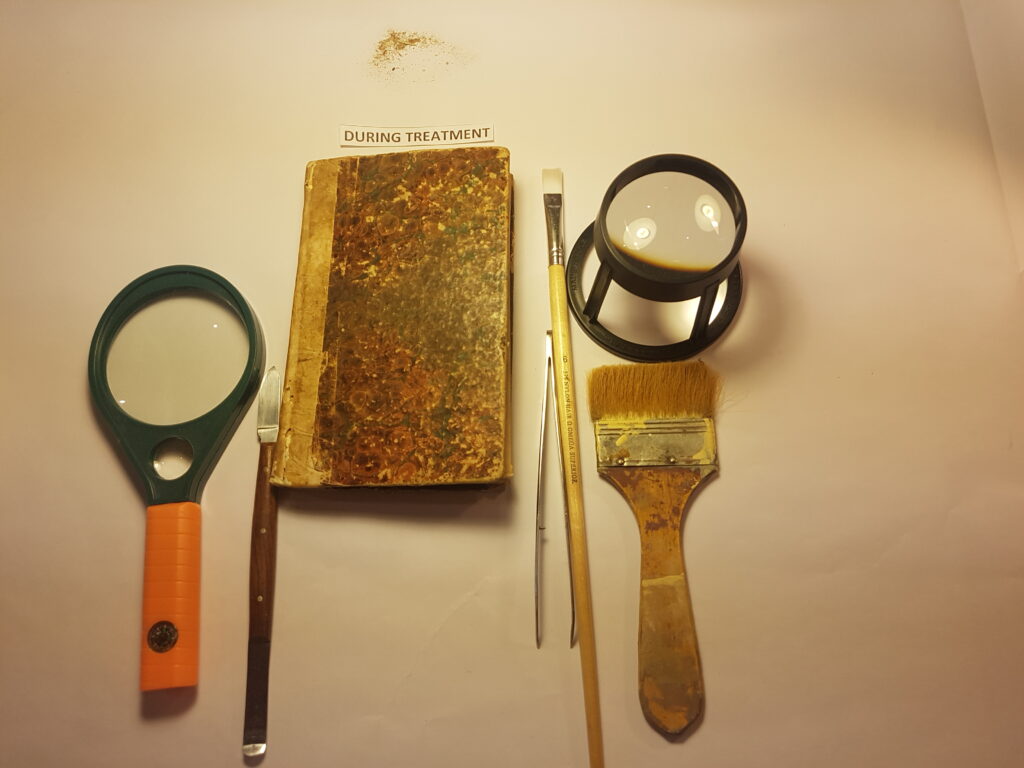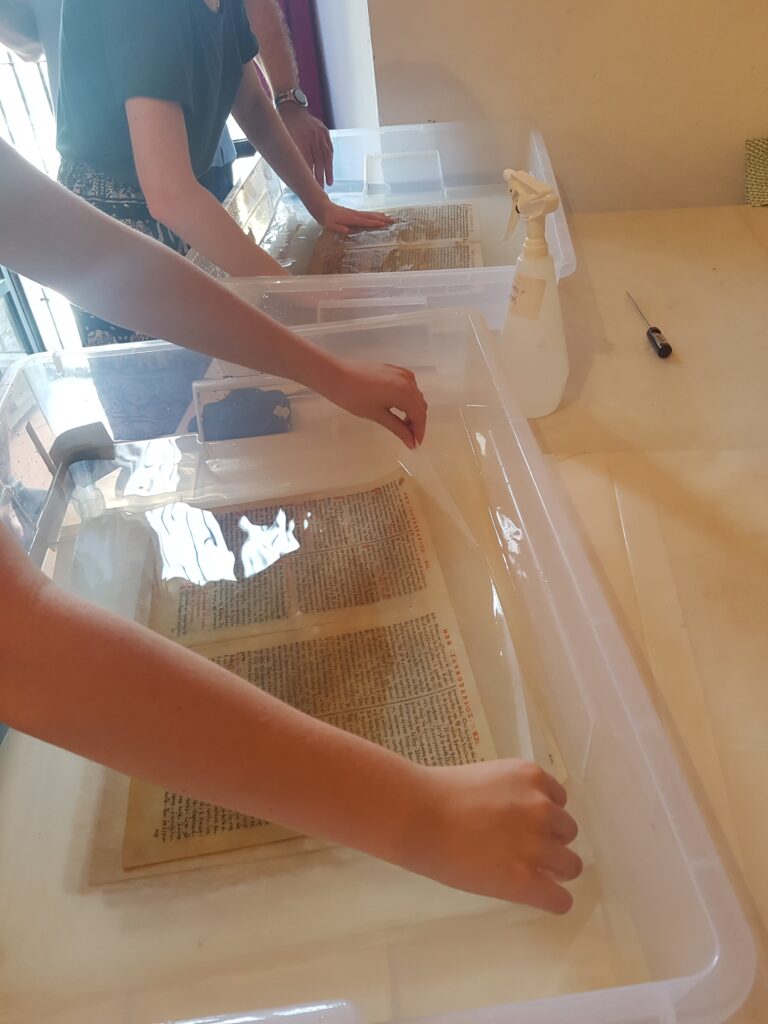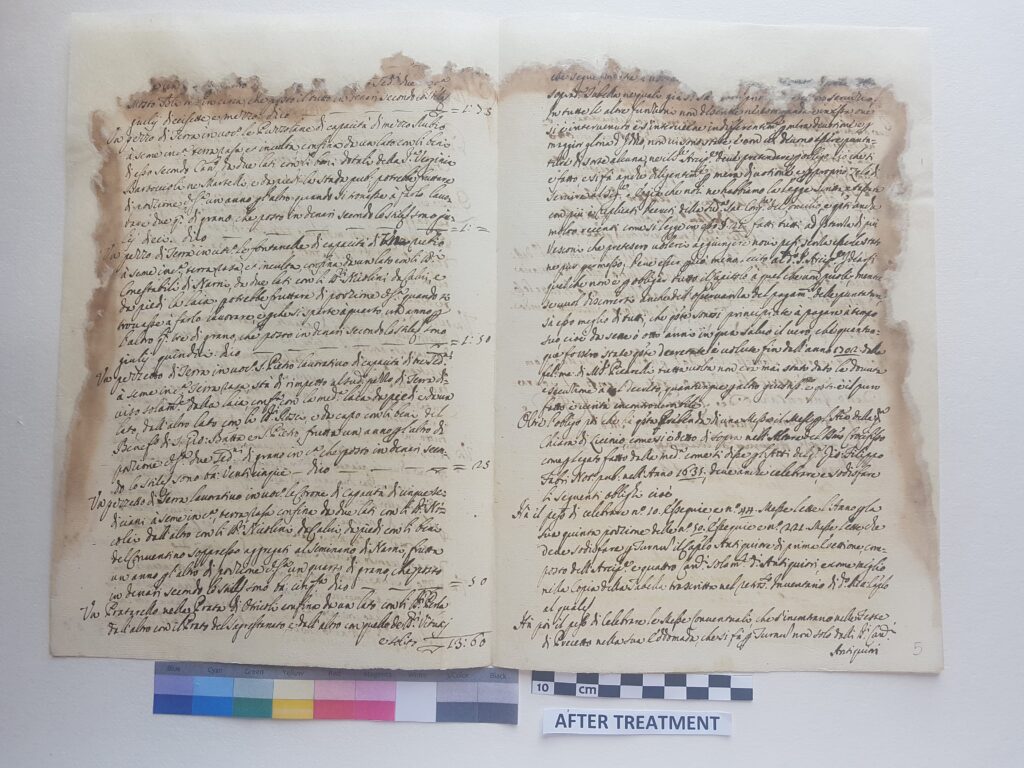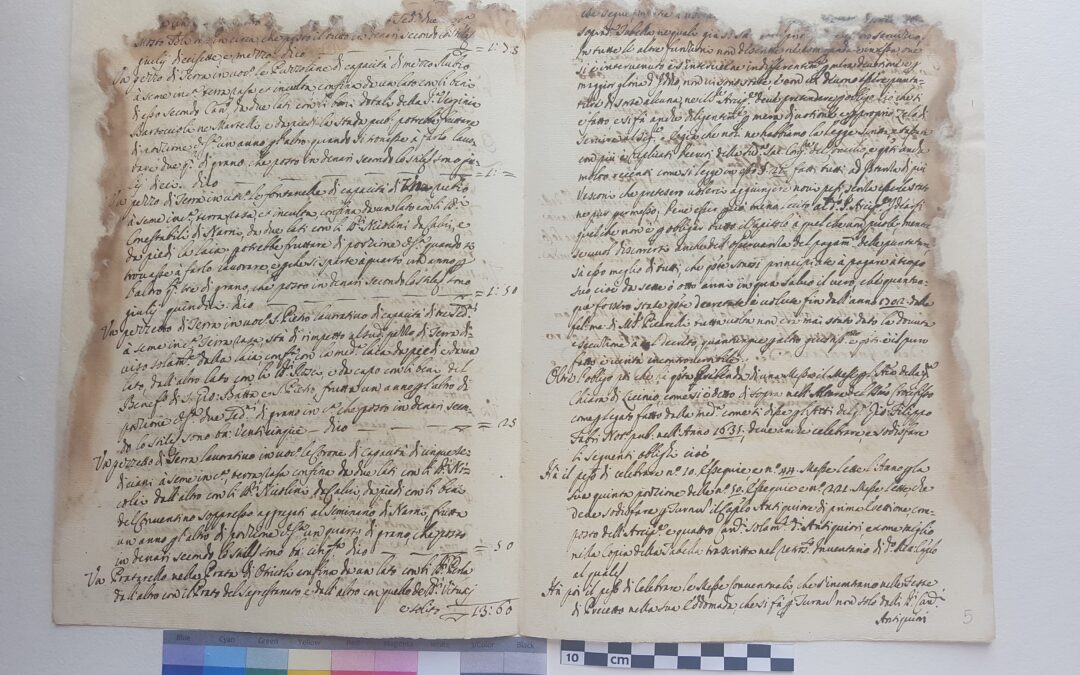Conserving one’s heritage is extremely vital for the survival of nations and their culture for generations to come. All sorts of aspects of heritage including architecture, ceramics, arts, music, writing, etc need conservation/preservation. It is vital as it safeguards the country’s resources, strengthens economies.
Moreover, it brings about a sense of ownership and belonging which results in a sense of pride for the people. Nations around the world have been working hard to preserve remnants of their architecture, ceramics, and arts/crafts for centuries.
Conservation practices in Pakistan
Conservation practices in Pakistan have had lesser priority compared to much larger issues like poverty alleviation, job creations, infrastructure, education, and agriculture development. However, many individuals and institutions are working hard to preserve our nation’s heritage. This gives us a great sense of pride that at least a few of us care. Still, we lag far behind in terms of skills and mass awareness as far as our country is concerned.
Heritage and Tourism
Even though Pakistan, having its own problems, can build itself up through conserving its rich historic past which in turn promotes tourism and generates capital. Let’s take the example of Egypt in terms of conservation and promotion of its historic treasures. It is ridden by poor infrastructure and economy depending largely upon Tourism. Factually, Egypt generates tourism by conserving, preserving, and promoting its heritage.
Upon visiting it, I felt extremely joyous to know people so aware and proud of their past. From the street vendors, hawkers, villagers, all know well about their heritage sites, the names of Pharaohs, the temples, even the dynasties they belong to. They have been safeguarding their history for years, conducting the latest research on a regular basis. They are far ahead of us in terms of heritage protection and promotion. This sense of mass pride and dedication is what we greatly lack in our country.
Importance of preserving archival history
For a long, we’ve seen conservation & preservation of architecture, ceramics, paintings & other forms of art, but the conservation of paper became tremendously important just in recent times. In which, experts preserve all kinds of writing on any form of paper and parchment and books for future generations.
However, in our country, they give greater importance to preserving architecture, while ignoring the creation of Libraries and archives preservation. Time and again, few organizations have come forward in discovering and preserving archives of Pakistan and highlighting its importance, but what we need is continuous hard work and perseverance towards the archival history of Pakistan as it is extremely rich and vast.
Even though I was born in a family of historians and writers, having books & libraries plus their maintenance all around. Despite that, I realized just recently that there exist specialized conservation practices. The experts are following these practices around the world to conserve all forms of writing and its medium including paper, parchment, maps, manuscripts, photographs, and all sorts of archival material. This compelled me to take and learn these practices in Italy specializing in archival material. This is where I realized how far ahead these nations were from us in terms of conservation practices alone.
Preserving one’s writings is preserving one’s history
Writing has a long history and the expression of alphabets has been on many materials ranging from clay tablets, ceramics, leaves, barks, rocks, papyrus, parchment, and finally paper used by our ancestors over the centuries. Books are an important source of information which passes from generation to generation. While restoring books, the most important factor in preserving the information the book contains, the older the book, the greater its historical value.
Technology and preservation techniques
With the recent influx in technology, experts around the globe are trying hard to conserve all forms of writing, paper, parchment, papyrus, and books. Papyrus being the ancestor of paper originated in Egypt as clay tablets were used prior to this medium. The invention of writing on Papyrus is termed as one of the biggest inventions of the world as it spread all across the globe. Parchment followed Papyrus and finally came the paper.
Ts’ai Lun, a Chinese paper maker was the first inventor of paper in 105 AD. He made paper the official product of China. After its invention in China, it spread first to Europe and then to the Islamic world.
Preservation around the world
The realization of preserving paper and writing is crucial to consider if we want to preserve our past, for our future generations. Ever since the inception of Art and paintings, conservationists have been working hard to conserve every inch of the masterpieces. Many larger institutions like the British Museum and the Vatican museum have been preserving history for decades. The Vatican Museum dedicatedly preserves archival material belonging to a variety of historic periods. But it was not until 1994 that they established a paper conservation lab, enhancing the importance of preserving paper and writing.
Even though conserving paper has gained importance recently, it was only when experts came to realize that writing and painting on paper and a painting on canvas have the use of color which is common in both, yet they differ substantially. Paper support, by its nature, suffers from alterations and surface damage more than any other type of material. The raw materials used in the production of paper, therefore determine its chemical and physical characteristics and consequent alterations. This led to specialized practices in order to strengthen and maintain paper support by increasing its life to save the historic archives.
Institutions in Pakistan dedicated to preserve of historic record
Experts in Pakistan in various seminars have highlighted the importance of historical records of Sindh gathering dust at the KMC building storeroom, which needs to be properly preserved. This became a hot issue for many newspapers. Such talks led to the creation of the Karachi Municipal Records Unit created in the historic KMC building. This unit serves for the preservation, maintenance, and display of such records. Other facilities like the Sindh Archives lab were also created by the government, which is a fine lab working for the preservation of archives.
However, the government needs to do much more to acquire and preserve such important treasures of our nation’s past.
Sindh itself has seen the rule of various Dynasties, leaving behind important treaties and records in form of archives. From the Colonial Times, Talpurs, Kalhoras, Sammas, and many rulers have passed. They all have left a part of their history n forms of Architecture, Ceramics, and Art. The Kalhoras, the Talpurs, and the British signed many important documents and treaties, spanning their rule, on issues relating to gaining access to the river Indus, to the attack on Port city of Karachi in 1839, and many more. But we have no clue where to find these records.
Realizing the extent of such treasures, few restoration facilities in Sindh province alone cannot meet the requirement of such a vast record of archives.
Process of preservation of paper
Preserving paper requires a series of steps to give it a long life and decrease its damage.
- First, thorough documentation is mandatory to assess the damage to the archival material with the help of photographs and drawings. Then prepare a detailed analysis report to state the damage and follow the method of treatment accordingly. Preserve this record for the future.
- Second, the books and paper go through a process of dry cleaning, to clean off the layers of dirt and earth often collected on archival material. There are some specialized rubbers, brushes, scalpels, and other materials which cleanse the paper. In case of greater damage, the books are disbound to conserve their paper with help of further procedures.

The severely damaged paper goes through a process of De-acidification.
Deacidification works as a vital element in;
- securing the fibers of the paper and
- saving the material from further damage due to oxidation and humidity.
- A solubility test of paper is necessary to ensure that the ink does not bleed. Because writing is an important element to save in all forms of archival material. After running the solubility and measuring the pH, it goes through a process of wet cleaning to enhance the cleaning process further.

- Next prepare the paper for lining, mending, and reinforcing. Do it with the help of high-quality Japanese papers for conservation. Also, use specialized glues which provide the material a long life.

- Dry the archives after this process properly on horizontal dryers and finally keep under the press to flatten them.
- After the conservation process, it is important to keep record before, during and after conservation with help of photographs, to compare results.
In order to prevent it from further damage display and store it in acid free boxes properly.
- Lastly, the most important step after its conservation is the Digitization of Archival material and proper display. Digitization helps in keeping the record on the internet for the world to see and learn. Moreover, it saves the original material from deterioration by continuous handling of the material. Also, its proper display helps in its further promotion inculcating a sense of ownership and pride among the viewers.
Endnotes
The government should emphasize the importance of conservation of its archives along with architecture and other elements. Paper conservation labs should be set up in libraries and museums to assess the damage and preserve the material.
Opening up one lab or facility cannot meet the requirement of large-scale conservation. Because Pakistan’s rich history is mostly in form of archives pre and the post-British colonial period up till now. There is also a need for mass awareness among our people. This will help not only in assessing the importance of historic documents but will encourage many individuals holding such records from the time of their forefathers. This will display & conserve the history for the world to see.
We can use it for mass awareness by instilling the education of conservation and its importance. The schools and youth programs are the best way to do so. The government should initiate workshops and programs required for transferring such skills of preservation and promotion to the younger generation.
Like the famous saying goes ;
“It has been said that, at its best, preservation engages the past in a conversation with the present over a mutual concern for the future”
William Murtagh
Paras.Mahmood.Shah
(Conservator of Paper and Archives)

